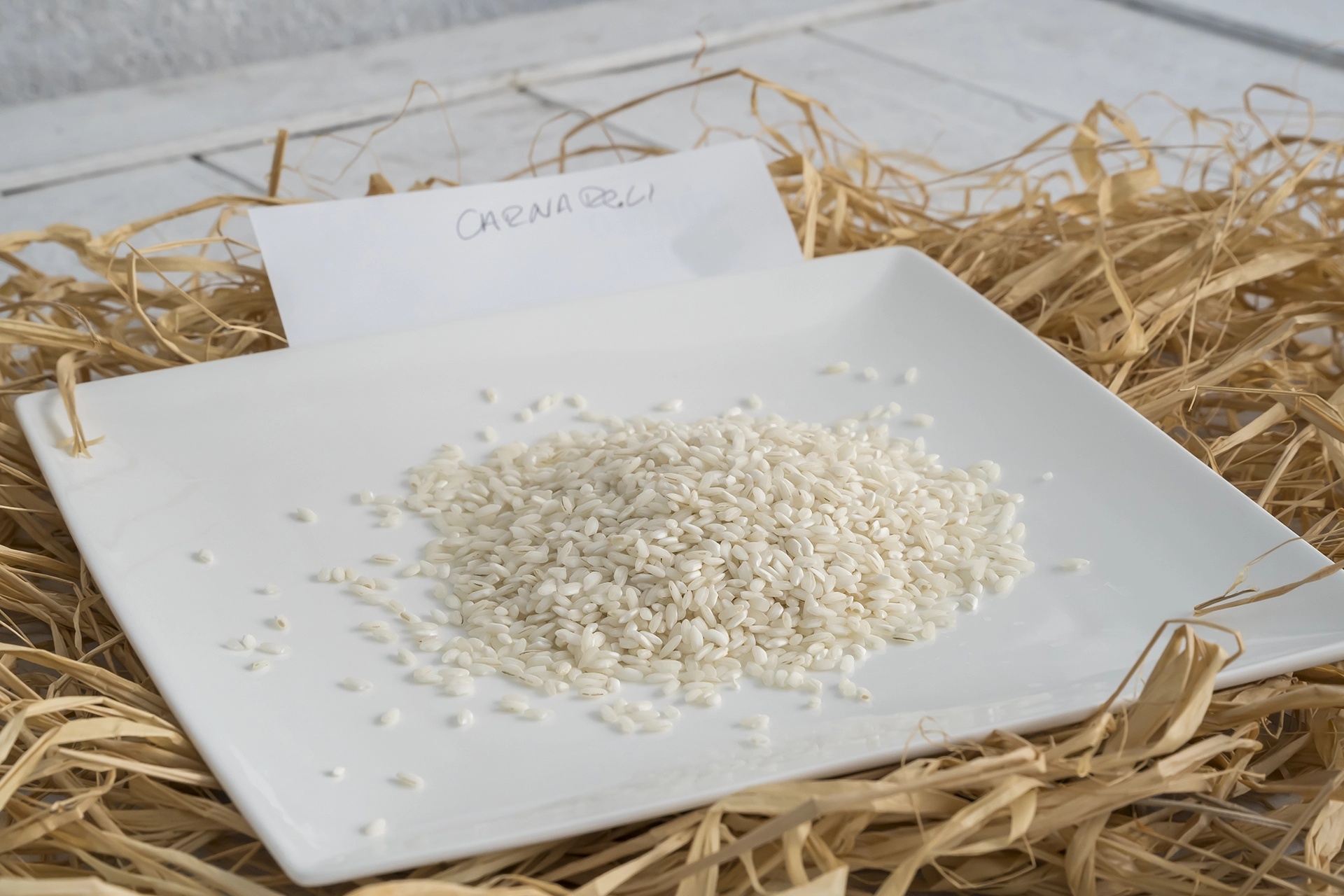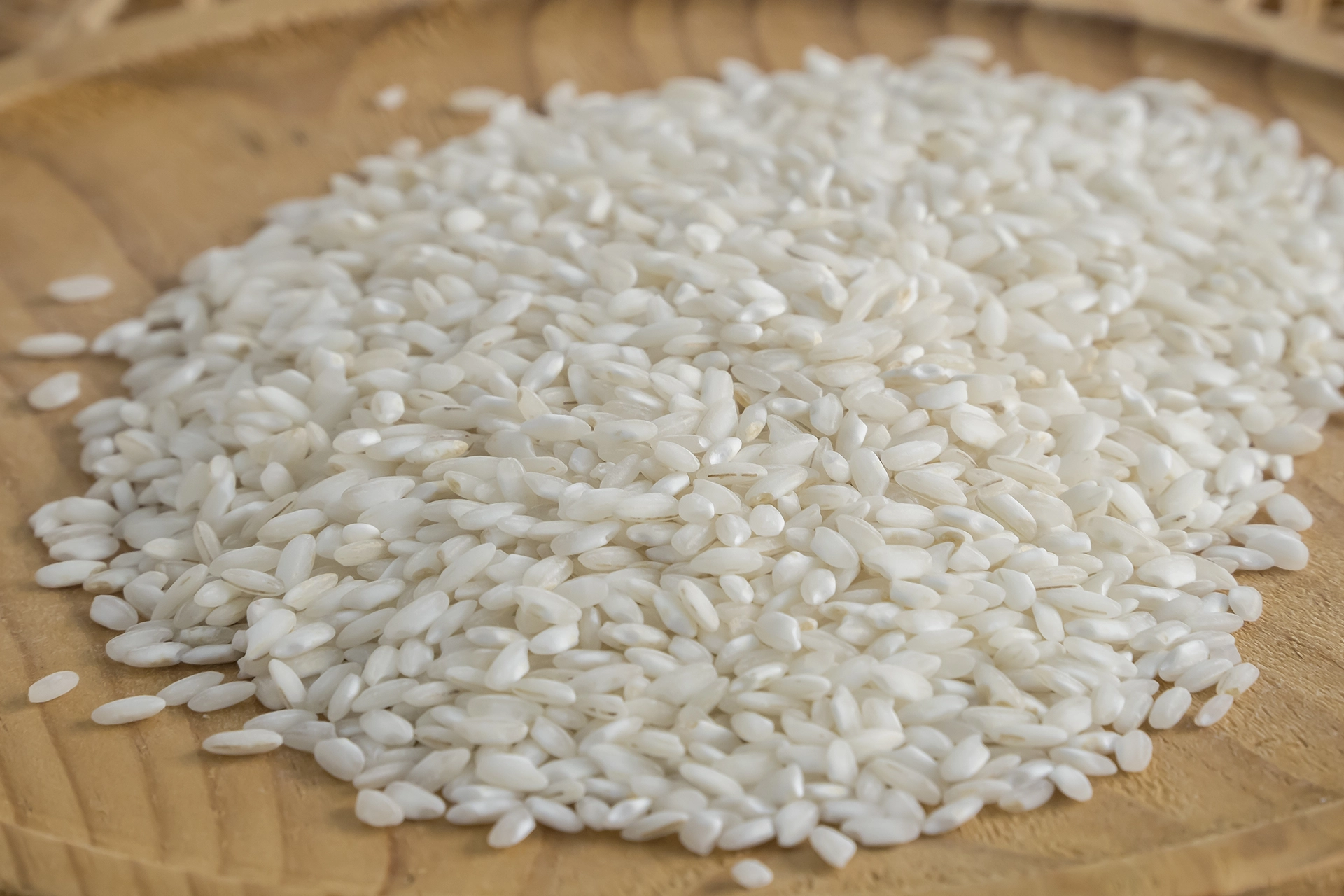
A historic variety in the cultivation of Italian rice, the result of the crossing of the Vialone and Leoncino varieties in the 40s, originating in the Lower Pavese. An old rice that never goes out of fashion, of high culinary quality, pearly and large, with a high percentage of amylose, around 22% approx.
Considered the “king of Italian rice dishes”, it is the favorite variety of experts for risotto cuisine. It absorbs flavors and aromas very well, maintains a firm texture, has a pleasant creamy touch in the mouth, and does not stick. It resists cooking very well and increases quite a bit in volume, without losing its texture.
Although it may not seem like it, it can also be used in our Paella and Rice dishes: dry, brothy, mellow, even for baked rice, thanks to the texture it has. Apart from that, the result on the palate is practically the same as that of Albufera rice, the latter with a little more cooking.

During its rest at room temperature, the grain remains whole, juicy and tasty. As it is a resistant grain, it maintains its consistency perfectly during rest, remaining firm and loose. Ideal to endure the “pass times” in restaurants, even in takeaway food houses, with a very
reasonable price, to be such a good rice. The rice-broth ratio in a dry rice paella of about 10 portions is 1 to 3.5 with an optimal cooking time of around 18-20 min, even a little longer.
In the field, it has a growing cycle of around 165 days, with a leafy plant about 125 cm tall. A rice prone to the affection of the “Pyricularia” fungus and bedridding, two important handicaps that condition its production.
Today, Carnaroli Veraz, like Tartana, is practically uncultivated. Most of the rice dishes on the market that claim to be Carnaroli are actually Carnaroli Type, that is, children and grandchildren of the original Carnaroli, but not the real thing. Really, this is a gastronomic delight that should continue to be taken into account today.